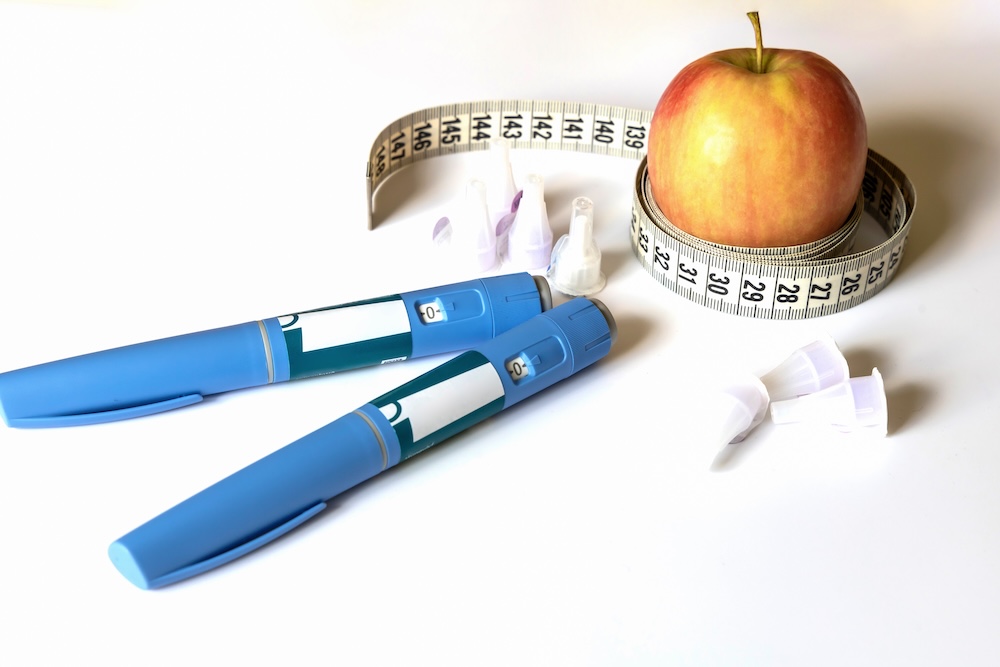News
Key change to urine could be early warning sign of dementia, researchers say

Foamy urine may be an early warning sign for dementia, raising risk by up to almost 40 per cent, researchers have found.
The symptom, which can make people go to the toilet more often, may indicate high levels of albumin – a protein that leaks into urine when kidney filters are damaged.
Swedish researchers tracked 130,000 adults in Stockholm aged over 65 with no dementia at the start of the study. Over a follow-up of four years, seven per cent developed the condition.
After taking kidney function and other factors into account, scientists at the Karolinska Institute found that people with moderate albumin levels (30–299 mg/g) in their urine had a 25 per cent higher dementia risk.
Those with high levels (more than 300 mg/g) faced a 37 per cent higher risk compared with people showing normal levels (up to 30 mg/g).
The association was strongest for vascular dementia, the second most common form after Alzheimer’s disease and mixed dementia. Vascular dementia occurs when blood flow to the brain is reduced.
Experts said the findings show that problems in other parts of the body, such as the kidneys, can also affect the brain and increase dementia risk.
Dr Hong Xu, assistant professor in neurobiology at the institute, said: “The kidneys and the brain may seem like very different organs, but they share an important characteristic: both depend on a delicate network of small blood vessels.
“When the blood vessels in the kidneys are damaged, the same process often occurs in the brain.”
She added: “These results underscore the importance of routine screening for albuminuria as part of early dementia risk assessment, especially in patients with high blood pressure, diabetes, cardiovascular disease, or kidney disease.
“Early detection of albuminuria could potentially delay or prevent the onset of dementia.”
Not everyone with albuminuria – the medical term for excess albumin in urine – experiences symptoms, according to the National Kidney Foundation.
When symptoms do appear, they can include foamy urine, frequent urination, puffy eyes and swelling in the feet, ankles, belly or face.
Healthy kidneys normally filter albumin to stop it leaking into urine. Kidney damage, however, allows the protein to pass through.
A urine test remains the most effective way to diagnose albuminuria.
Experts particularly urge those at higher risk of albuminuria or kidney disease to have regular check-ups.
The researchers wrote: “Our statistical data suggest that increased albuminuria is associated with a higher risk of all-cause dementia, particularly vascular and mixed dementia.
Early detection of albuminuria may enable more proactive management of kidney health and cognitive function, potentially delaying or preventing the onset of dementia.
Memory problems, thinking and reasoning difficulties, and language problems are common early dementia symptoms, which then worsen over time.
Alzheimer’s Research UK analysis found 74,261 people died from dementia in 2022 compared with 69,178 a year earlier, making it the country’s biggest killer.
News
Weight loss jabs my only temporarily reduce ‘food noise,’ study finds
News
Childhood loneliness linked to increased risk of dementia, study finds

Childhood loneliness increases the risk of dementia in later life, according to new research.
Adults who recalled being lonely and without a close friend in childhood faced a 41 per cent higher risk of developing dementia, even if they were no longer lonely as adults.
People who frequently felt lonely without close friends during youth showed accelerated cognitive decline — a worsening of memory and thinking — and started middle age with lower scores on these skills.
Researchers from universities in China, Australia and the US, including Harvard and Boston universities, analysed data from 13,592 Chinese adults tracked from June 2011 to December 2018.
The critical factor was the subjective feeling of loneliness itself. Those who reported often feeling lonely as children had a 51 per cent higher dementia risk, even if some had close friends.
However, those who only lacked close friends but did not feel lonely showed no significant difference in risk.
Nearly half of roughly 1,400 adults in the study reported being lonely and without close friends during childhood.
The 4.2 per cent who experienced both faced the highest risk of cognitive decline.
The link to dementia remained strong even for people who were no longer lonely in adulthood, suggesting early-life isolation can have lasting effects on brain health.
During childhood, the brain develops rapidly and is vulnerable to harm. Loneliness acts as a chronic stressor, flooding the developing brain with harmful hormones that can damage memory centres, and it reduces stimulation from social play and peer interaction that helps build robust neural networks.
A separate 2024 study of more than 10,000 older adults found that specific childhood hardships — including poverty, disruptive home environments or parental addiction — were directly linked to poorer cognitive function later in life.
Youth loneliness appears to be rising, partly linked to widespread social media use.
Among girls, 64 per cent aged five to seven, 67 per cent aged eight to 10, and 73 per cent aged 11 to 13 reported feelings of loneliness last year. More than a quarter of boys aged 11 to 17 in the US report feeling lonely.
Children face growing social isolation, with one in four Americans now eating every meal alone — a rate that has surged by over 50 per cent since 2003. Sharing meals with friends and family helps build bonds and positive memories in youth.
Fewer children are playing outside or joining team sports.
A recent study reported that one in three children do not play outside on school days, and one in five do not do so even at weekends.
The 2024 research found a direct, dose-dependent relationship between childhood adversity and cognitive problems in adults — the greater the early trauma, the greater the later risk.
For each significant increase in early trauma, individuals faced an eight per cent higher risk of daily memory issues and scored lower on objective tests of mental speed and focus.
News
Don’t miss you essential monthly agetech update

Your essential monthly update on agetech’s progress
Welcome to your monthly snapshot of the facts, figures, opinions, trends and challenges shaping the development of agetech.
Our new monthly tracker report aims to provide an concise update for busy agetech professionals on the many factors influencing your work.
Here you will find a concise breakdown of deals, developments and opportunities from the last 30 days; and insight and opinion from leading thinkers in the field.
We hope you find something useful and/or inspiring below – and welcome any feedback about what else you’d like to see included.

 News1 month ago
News1 month agoResearchers use prehistoric skeletons to study ageing

 News3 weeks ago
News3 weeks agoAmericans score 60 on longevity preparedness index

 News5 days ago
News5 days agoUS$100m UK tech entrepreneurs shift focus from real estate to longevity

 News1 month ago
News1 month agoCholesterol-lowering drugs could reduce dementia risk

 News3 weeks ago
News3 weeks agoResearch reveals potential ‘two-in-one’ treatment for diabetes and heart disease

 News2 months ago
News2 months agoDrinking even small amounts of alcohol may increase dementia risk, study finds

 Insights4 weeks ago
Insights4 weeks agoMediterranean diet reduces painful inflammation, study finds

 News1 week ago
News1 week agoCommon diabetes drug may be cancelling out exercise benefits

































